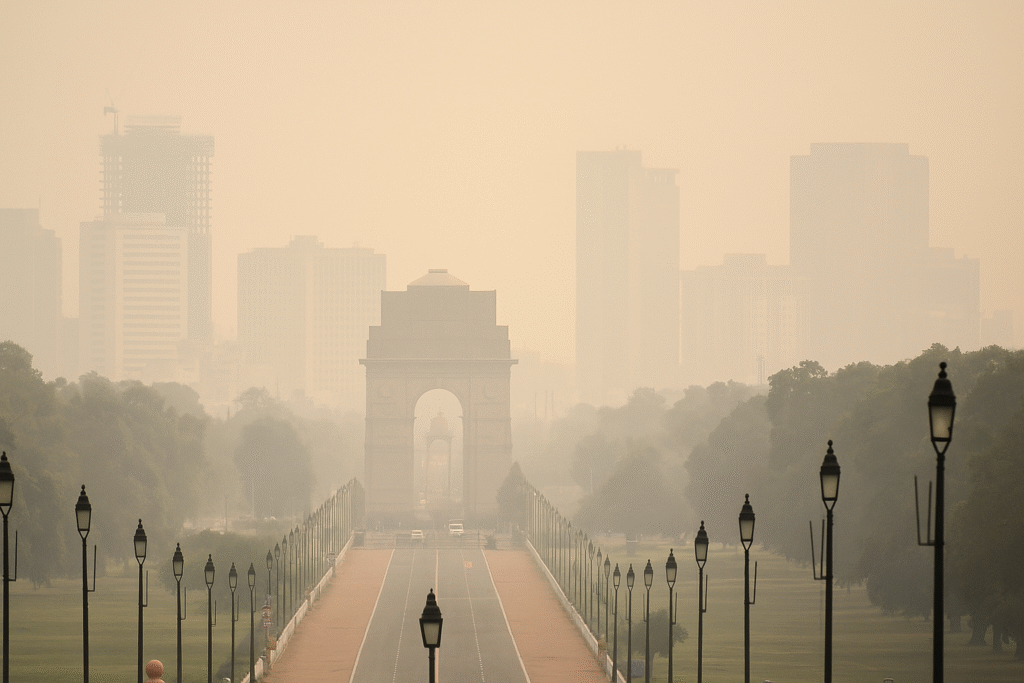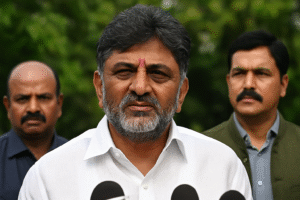The Commission for Air Quality Management (CAQM) on Wednesday withdrew Stage 3 restrictions of the Graded Response Action Plan (GRAP) for Delhi-NCR following a slight improvement in the Air Quality Index (AQI). However, authorities have directed agencies to strengthen enforcement under Stage 1 and Stage 2 to prevent pollution levels from rising again.
The decision was taken after Delhi’s AQI improved to 327 — still in the ‘very poor’ category but better than the ‘severe’ conditions recorded earlier this month. Forecasts by the IMD and IITM suggest air quality may continue to hover in the ‘very poor’ range over the coming days.
The GRAP Sub-Committee has officially revoked its November 11, 2025 order enforcing Stage 3 measures, which were applicable when AQI crossed the ‘severe’ threshold. The withdrawal is effective immediately.
Construction Sites With Violations Cannot Resume Yet
Officials clarified that construction or demolition sites that were previously shut for violating pollution norms cannot restart operations unless they receive explicit clearance from the Commission.
Authorities added that the revocation of Stage 3 should not be seen as a relaxation, and strict monitoring will continue to ensure cases of violations do not recur.
Stage 1 and Stage 2 Measures to Be Strictly Implemented
Under the updated GRAP guidelines issued on November 21, 2025, all NCR agencies have been instructed to:
- Intensify dust control measures
- Increase road sweeping and water sprinkling
- Enforce pollution checks for vehicles
- Limit certain industrial activities
- Clamp down on open burning
Officials emphasised the importance of maintaining vigilance, particularly during the winter months when meteorological conditions trap pollutants and worsen AQI.
Continuous Monitoring Ahead
The Sub-Committee said it will continue monitoring air quality trends in real-time and may reimpose higher-stage restrictions if pollution spikes.
Delhi’s pollution levels typically worsen during the winter due to low wind speed, stubble burning influence, and increased heating demand.
Originally published on 24×7-news.com.








